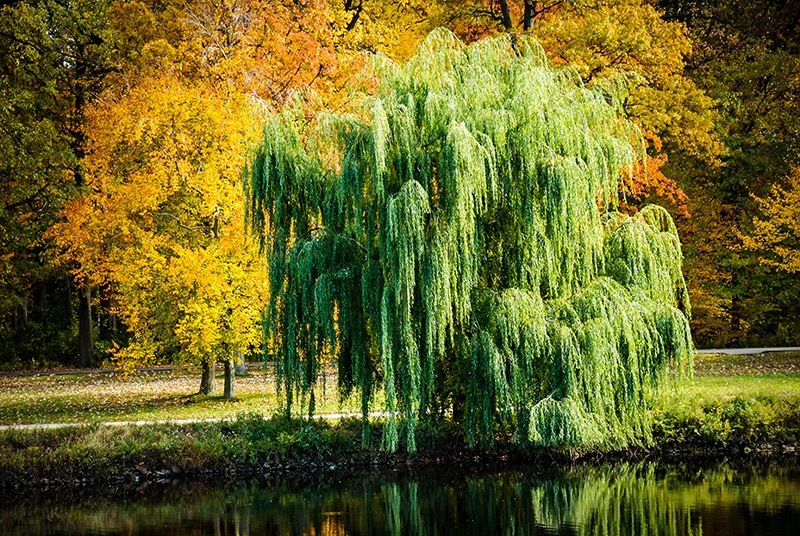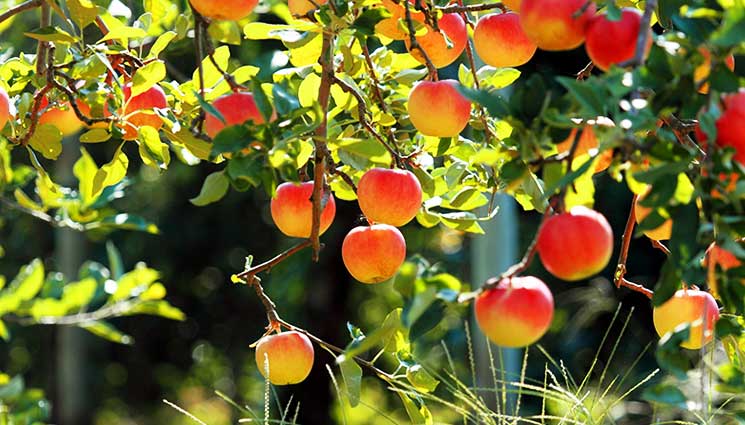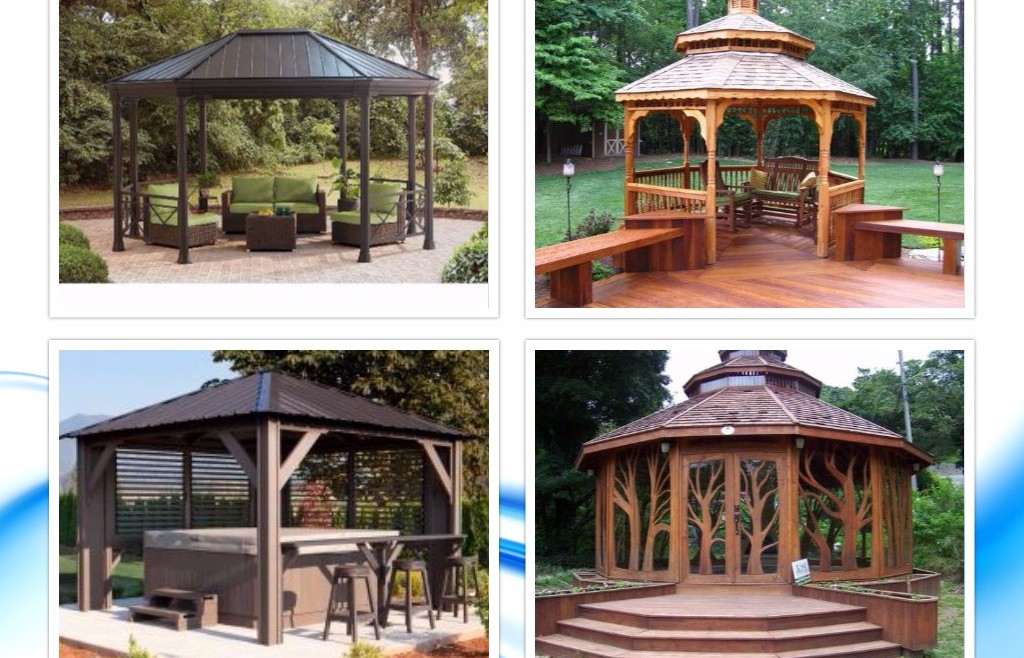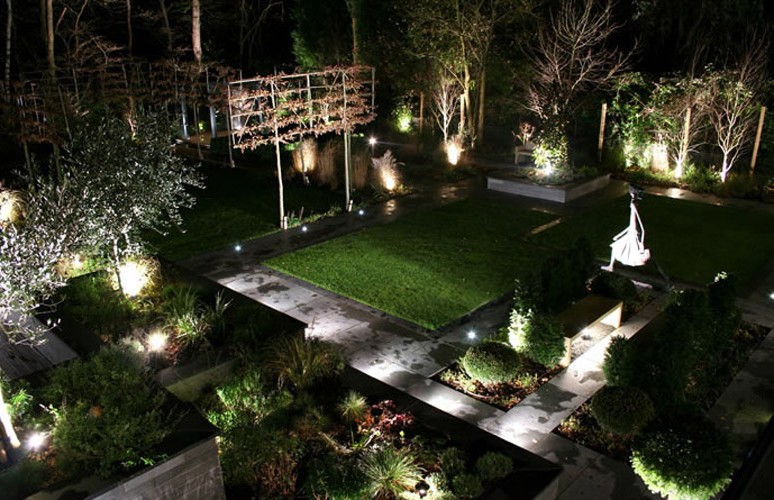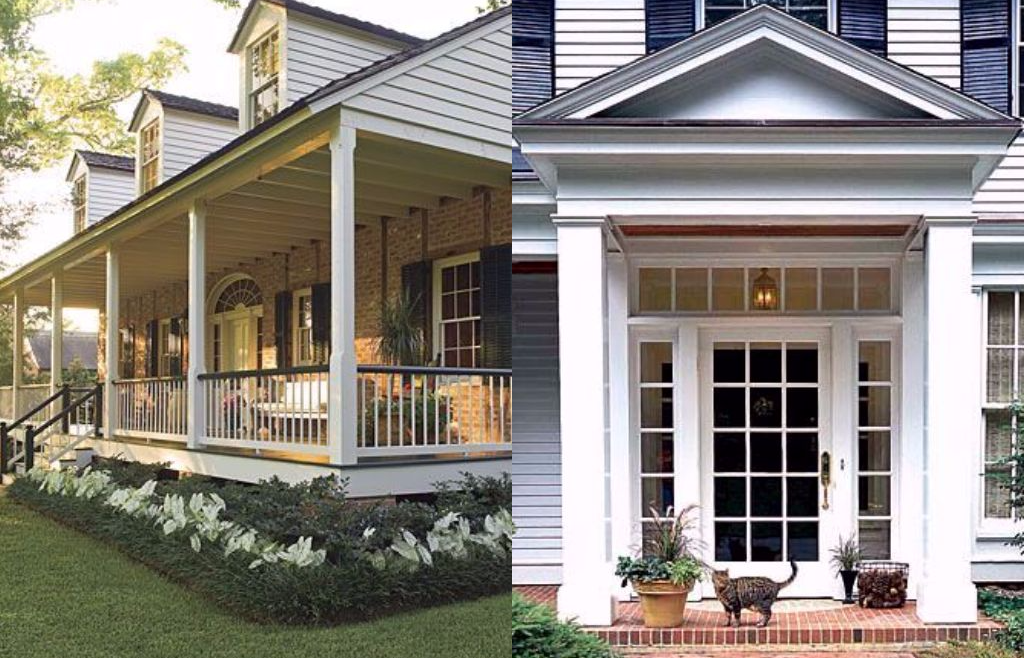4 Trees to Avoid Planting
https://imaginahome.com/wp-content/uploads/2017/09/Weeping-Willow-on-Lake-Bank.jpg 800 536 Nisha Muire Nisha Muire https://secure.gravatar.com/avatar/09971b406125a2f92a37bf65b08fd3c3?s=96&d=mm&r=g
Trees add so much beauty and life to a yard, it is understandable why they are so popular. However, before you decide on what tree to plant in your yard, here is a quick overview of some trees best avoided.
Silver Maple
These popular trees grow quickly and are beautiful making them a perennial choice with homeowners. However, because they grow so quickly, they are very brittle and prone to breaking during storms. Additionally, they have a very shallow root system that tends to invade sewer systems and cause plenty of damage.
The Aspen
The Aspen is a gorgeous white-barked tree that has lovely leaves. However, it also has a very strong root system that is virtually impossible to eradicate once established. Unless you want to be killing off young Aspens every year all over your property, it’s best to steer clear of this one.
Lombardy Poplar
The Lombardy Poplar is another homeowner favorite as it grows very fast and has a very distinct shape. However, they are prone to disease and bug infestation and can end up looking rather sparse and ugly. Then, when you want to get rid of it, its root system make is nearly impossible to do.
Willow
The weeping willow is one of the most beautiful and highly recognizable trees around. However, it is also the thirstiest! It’s strong root system will look for water everywhere and can destroy sewers, drains and foundations. Plus, it is has weak wood that will break easily and only lives for about 30 years.
Silver Maple
These popular trees grow quickly and are beautiful making them a perennial choice with homeowners. However, because they grow so quickly, they are very brittle and prone to breaking during storms. Additionally, they have a very shallow root system that tends to invade sewer systems and cause plenty of damage.
The Aspen
The Aspen is a gorgeous white-barked tree that has lovely leaves. However, it also has a very strong root system that is virtually impossible to eradicate once established. Unless you want to be killing off young Aspens every year all over your property, it’s best to steer clear of this one.
Lombardy Poplar
The Lombardy Poplar is another homeowner favorite as it grows very fast and has a very distinct shape. However, they are prone to disease and bug infestation and can end up looking rather sparse and ugly. Then, when you want to get rid of it, its root system make is nearly impossible to do.
Willow
The weeping willow is one of the most beautiful and highly recognizable trees around. However, it is also the thirstiest! It’s strong root system will look for water everywhere and can destroy sewers, drains and foundations. Plus, it is has weak wood that will break easily and only lives for about 30 years.

